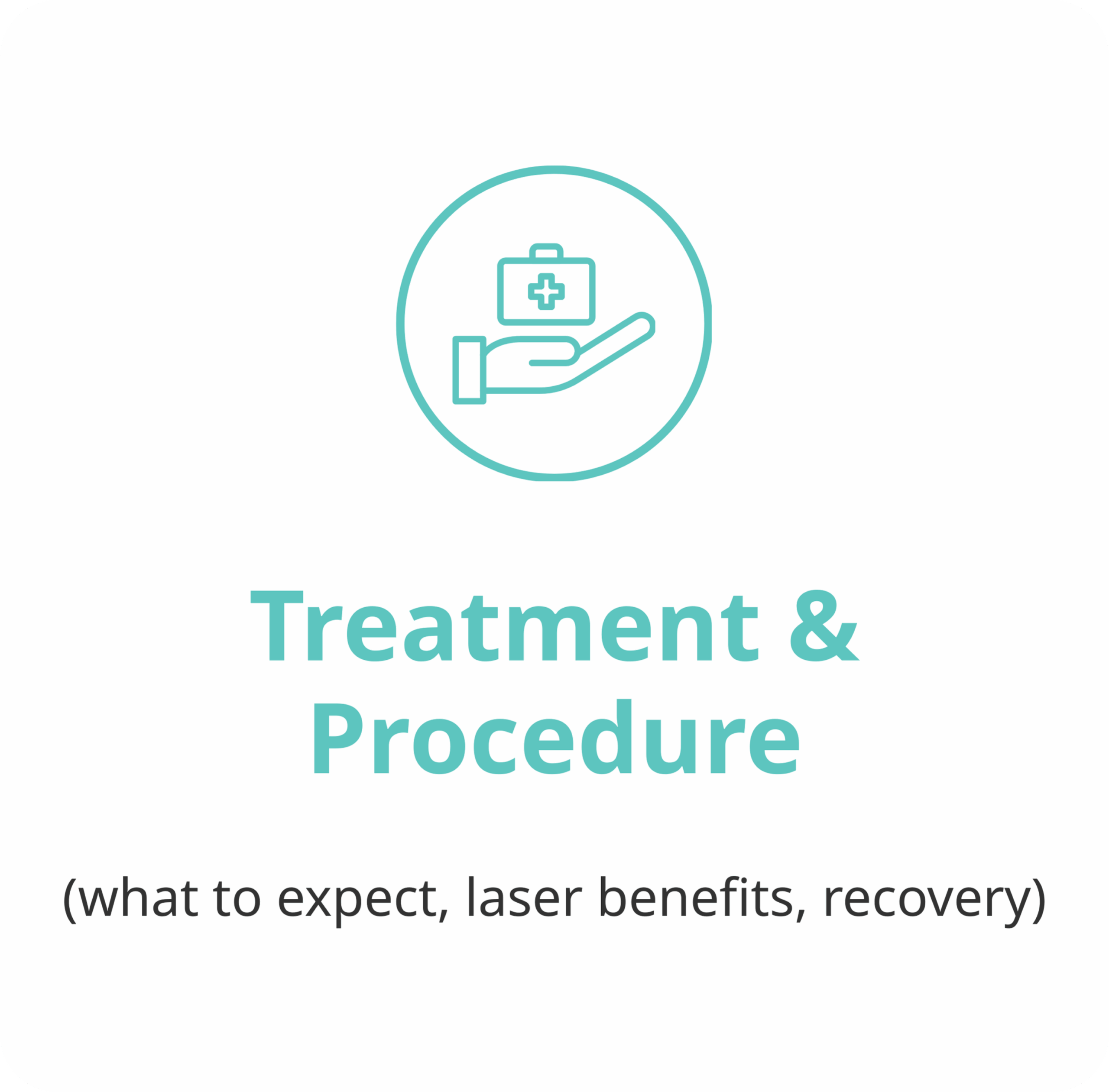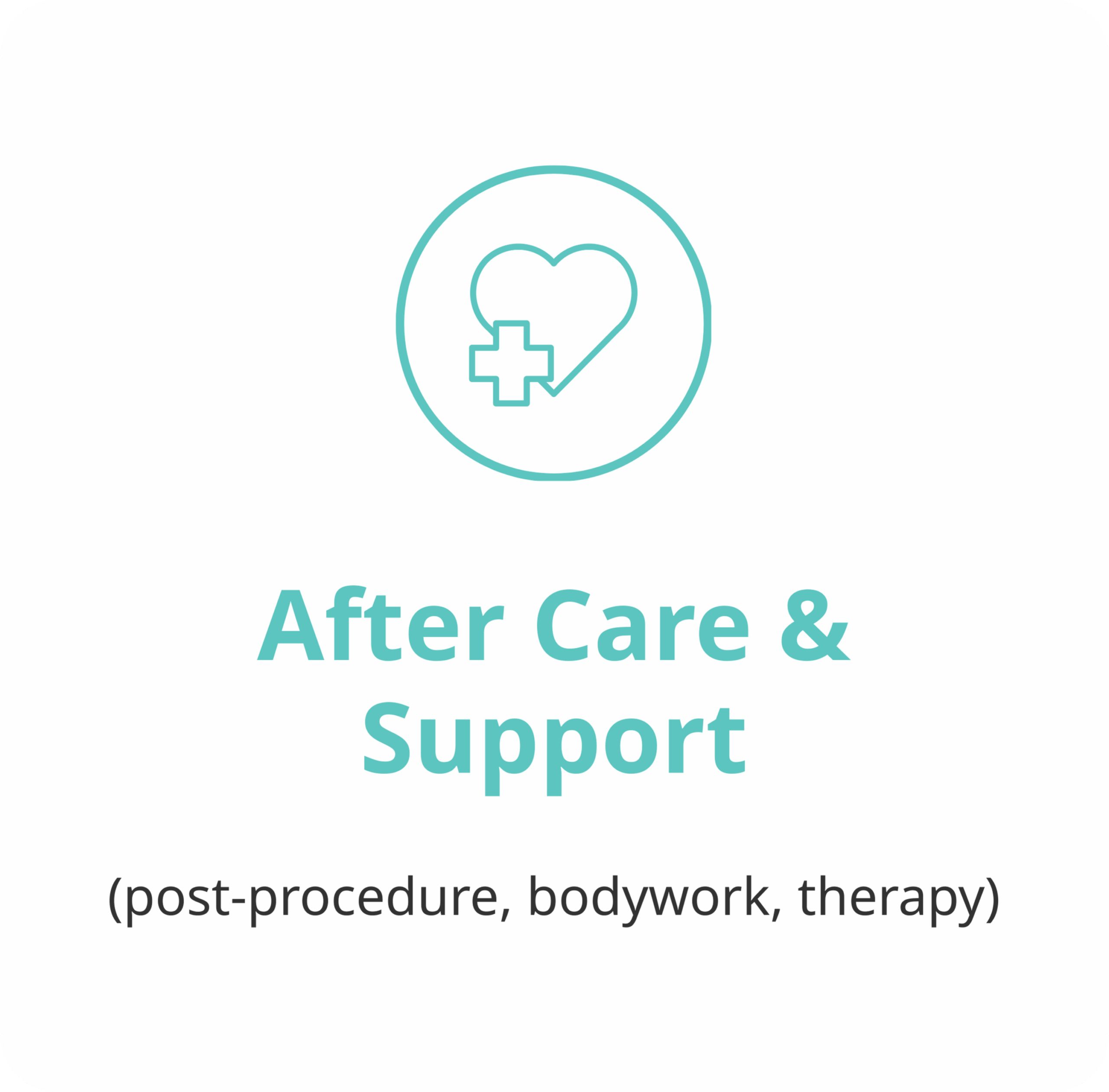AFTER CARE & SUPPORT
(post-procedure, bodywork, therapy)
Immediate care:
- Nurse or feed your baby as soon as they’re ready
- Monitor for excessive bleeding (a small amount is normal)
- Provide comfort and stay calm—babies pick up on parental anxiety
First 24 hours:
- Keep the area clean (no special products needed)
- Begin stretching exercises as instructed, 4-6 times daily
- Maintain normal feeding schedule
- Use pain relief as needed (acetaminophen for infants/children)
First 2-3 weeks:
- Continue diligent stretching exercises
- Monitor healing and watch for white/yellow healing tissue (normal)
- Maintain oral hygiene
- Attend follow-up appointment if scheduled
Sometimes, yes. Babies who have compensated for a tongue tie may have developed dysfunctional feeding patterns. After the release, they need to learn to use their tongue correctly. This is why immediate improvement isn’t always seen—the baby needs time to develop new motor patterns. Working with a lactation consultant or feeding therapist can be extremely helpful during this transition.
Many tongue tie experts, including Dr. Baxter, Dr. Ghaheri, and Dr. Zaghi, strongly recommend bodywork (from chiropractors, craniosacral therapists, or physical therapists) as part of comprehensive tongue tie treatment. Babies with restricted tongues often develop compensatory tension patterns in the neck, jaw, and shoulders.
Dr. Zaghi’s research particularly emphasizes the fascial connection—the tongue is connected to a fascial plane called the “deep front line” that runs all the way down to the toes. This is why many patients report decreased tension throughout their entire body after tongue tie release, and why some children experience improvements in posture, gait, and whole-body movement patterns.
Bodywork before and after the procedure can:
- Release muscular and fascial tension
- Improve range of motion throughout the body
- Facilitate better feeding coordination
- Optimize treatment outcomes
- Support the body’s adaptation to newfound tongue mobility
If symptoms persist or don’t improve as expected:
- Ensure stretches are being done correctly and consistently (the most common reason for reattachment or poor outcomes)
- Work with a lactation consultant to address any feeding technique issues
- Consider bodywork if not already incorporated
- Evaluate for other contributing factors (reflux, oral motor dysfunction, allergies)
- Follow up with your provider to assess healing and ensure complete release
- Speech or feeding therapy may be beneficial for older children
Tongue tie treatment is most successful when multiple specialists work together:
Pediatric dentist or ENT: Performs the procedure and evaluates oral structures
Lactation consultant (IBCLC): Addresses feeding technique and breastfeeding management
Bodywork specialist: Releases muscular restrictions and tension patterns
Speech-language pathologist: Helps with articulation and oral motor skills
Occupational therapist: Addresses feeding and sensory issues
Myofunctional therapist: Retrains tongue posture and function for long-term success
At Family Dental Guelph, we work closely with local lactation consultants, chiropractors, and other specialists to provide comprehensive care.
For breastfeeding difficulties, absolutely. A skilled IBCLC (International Board Certified Lactation Consultant) can:
- Assess latch and positioning
- Identify tongue tie symptoms
- Provide pre- and post-procedure support
- Help you and baby optimize feeding technique
- Address supply and pumping concerns
- Support the breastfeeding relationship
Many feeding issues can be improved with lactation support alone, and even when a release is needed, lactation support significantly enhances outcomes.
The frenulum itself doesn’t “grow back,” but the tissue can reattach during healing if stretching exercises aren’t performed properly. This is why diligent aftercare is essential. In rare cases, excessive scar tissue can form, recreating restriction. If this occurs, revision may be necessary.
Not all children require speech therapy after tongue tie release, but it can be beneficial, especially if:
- The release is done after age 3
- Significant speech delays or articulation errors are present
- Compensatory speech patterns have become habitual
- The child has difficulty with oral motor coordination
Earlier releases (in infancy) often prevent speech issues from developing.
Releasing a tongue tie promotes healthier dental and facial development by:
- Allowing the tongue to rest properly on the palate, promoting normal palatal width
- Reducing the likelihood of narrow arches and crowded teeth
- Decreasing risk of mouth breathing and its associated dental problems
- Preventing tongue thrust that can cause bite issues
- Improving oral hygiene ability
In children, tongue tie release can significantly improve sleep-disordered breathing by allowing better tongue positioning and nasal breathing. In adults with sleep apnea, tongue tie release may be one component of treatment but is rarely a complete solution on its own. It should be combined with myofunctional therapy and, when appropriate, other sleep apnea treatments.












